From the Nissan Leaf to the Lucid Air, with the Toyota Prius, Chevy Volt, and Tesla Model 3 among the many formative models in between, our Green Car Reports Best Car To Buy winners each year have offered not just what we think you should buy, but a glimpse of the future.
Over the years, we’ve changed the requirements for the award as the green-car market has shifted away from what used to be called “economy cars” toward an alignment of green and premium prices—one that, for accessibility, is in need of correction.
Early on, we applied a $60,000 price cap for finalists, which had to be scored high versus green-car peers at our companion shopping site, The Car Connection. Around 2017 we lifted the price cap but added a 200-mile driving range minimum for EVs and a 32-mile electric range minimum for plug-in hybrids. This year, with EVs available in nearly every vehicle category, we dropped plug-in hybrids altogether. And, as the charging infrastructure expands and more families start to seek second (or third) EVs for commuting, we dropped the range requirement for EVs.
2019 Chevrolet Volt
The thread connecting all of these picks: Every single one was either a plug-in vehicle or offered a plug-in version.
A decade ago we believed in electric propulsion as the future, and since then peer-reviewed papers, respected scientific sources, automakers, and regulators alike are together putting momentum behind the idea—that in the vast majority of typical use cases, EVs are better for the environment. We cover plug-in hybrids, hybrids, and other ways to achieve greater efficiency and lower energy use because we realize that it may not be a solution for everyone, like apartment-dwellers. We want to underscore the best, but not alienate anyone from striving to do better.
Here’s our our list of past Best Car To Buy winners:
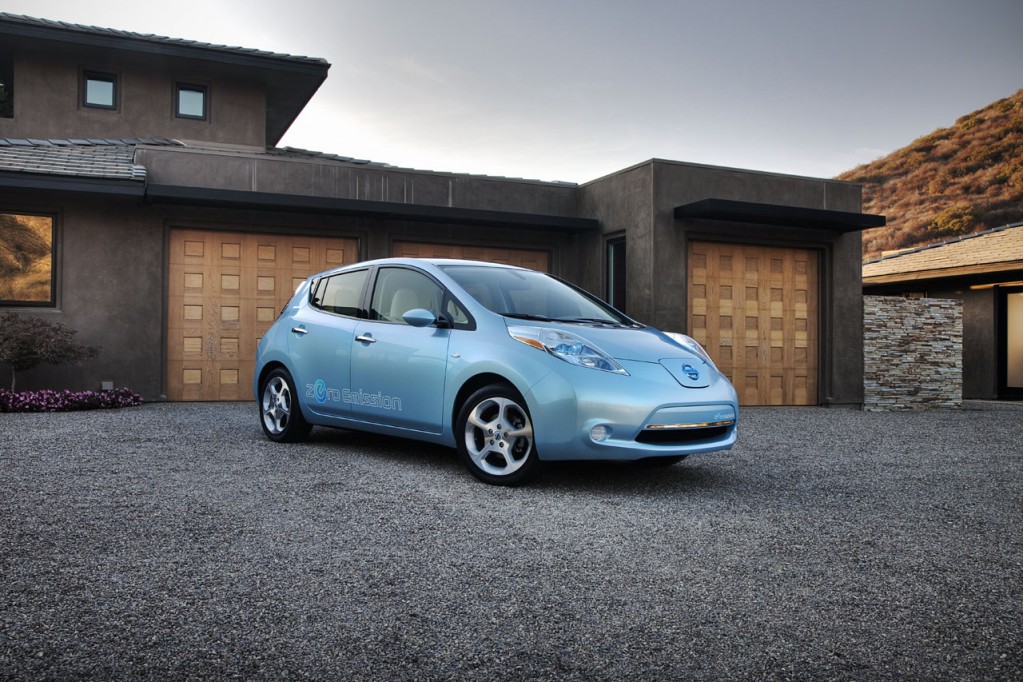
2011 Nissan Leaf
2011 Nissan Leaf
This was the electric car that started it all, the first mass-priced modern car run purely on battery power with no tailpipe.
We first drove the Nissan Leaf’s powertrain in 2009, installed in a boxy Nissan Cube, when Leaf development was in the home stretch. Ironically, that package might have made the Leaf more of a U.S. success.
Rated at 73 miles of range, the 2011 Nissan Leaf provided enough range for most American commuters and showed that EVs could be safe, reliable, and cheap to run. And with various improvements along the way—some of them including much larger battery packs—Nissan has cumulatively sold about 600,000 Leafs globally.
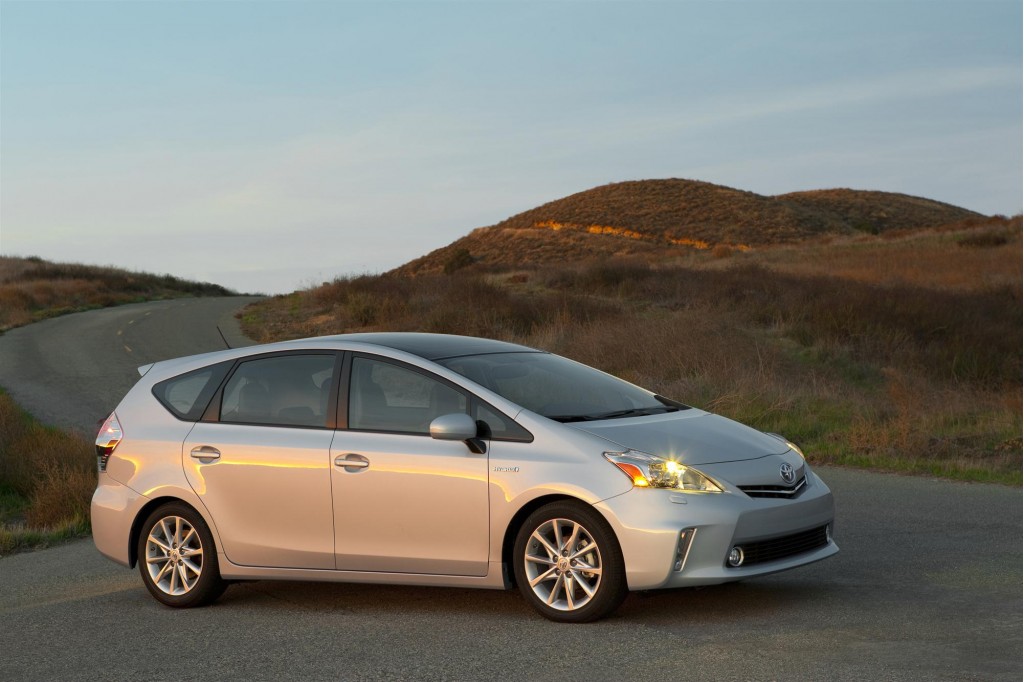
2012 Toyota Prius V
2012 Toyota Prius family
The 2012 Toyota Prius V tall wagon scaled up the Prius idea and brought more rear-seat flexibility and cargo space without severely impacting the Prius’ excellent fuel economy, while the Prius Plug-In Hybrid provided 6 miles of all-electric driving.
Although neither of these two models was game-changing, increasing the appeal of what was then the most fuel-efficient lineup was very deserving of recognition. And looking back, it was a step forward for Toyota in propagating its hybrid system across the lineup to more types of models.
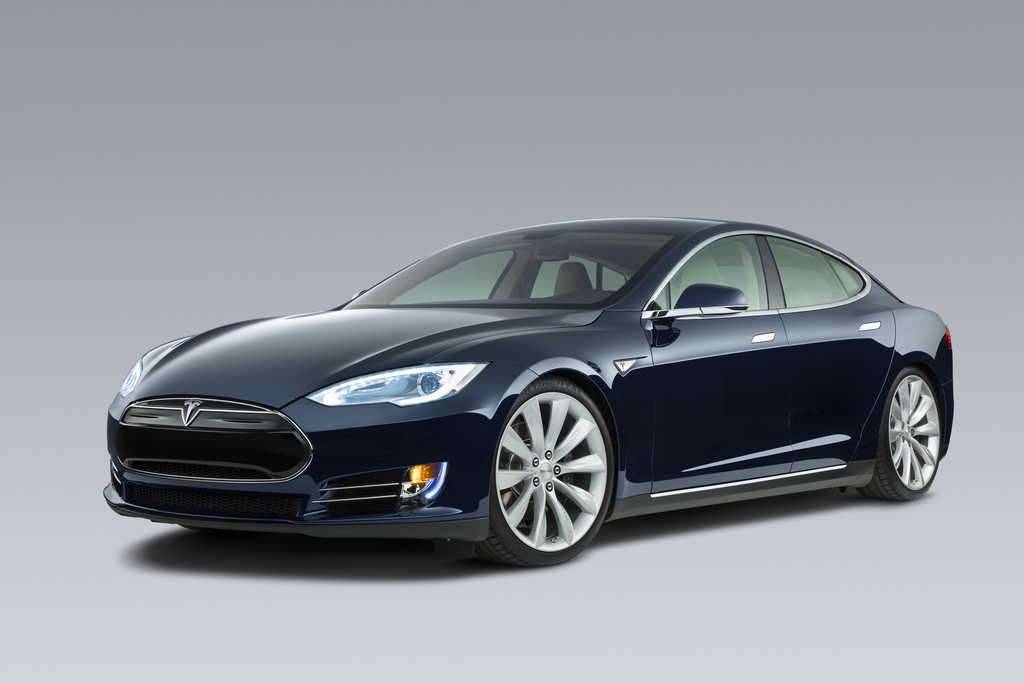
2013 Tesla Model S
2013 Tesla Model S
Driving the Tesla Model S was a revelation, and it made us marvel at just how far the electric-vehicle field had come in such a short time. We lauded its 17-inch touch-screen display which we said “is so fast, so crisp, and so relatively intuitive that it makes all other such control systems seem pathetically outdated.” And we said of the Model S as a whole: “It’s an impressive car. Period. The fact that it’s green is almost secondary.”
Even then, in 2012, Tesla was already starting to lay out its Supercharger network and had, almost everyone would argue at this point, the better vision for where DC fast-chargers should be located—at strategic points along highways that owners might use for cross-country road trips.
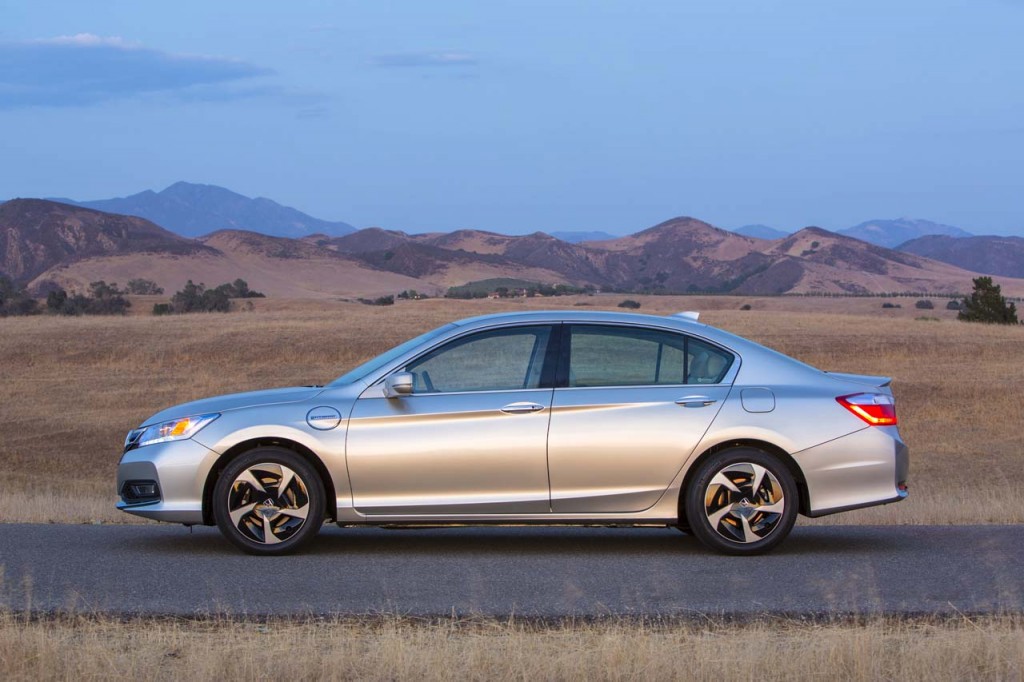
2014 Honda Accord Plug-In Hybrid
2014 Honda Accord Hybrid
The very mainstream Accord sedan was the vehicle Honda chose for introducing an entirely new Two-Mode hybrid system—one that relied on an electric motor to turn the drive wheels most of the time. We chose the 2014 Honda Accord Hybrid because it felt more responsive than other hybrid systems and could deliver 40 mpg in real-world driving—and because the system provided an easy bridge to all-electric motoring in the Accord Plug-In Hybrid, a model that was never widely available.
Honda has since put the latest version of this system into the CR-V, and the Accord, once again, but with the loss of the Clarity Plug-In Hybrid it’s dropped the idea of plugging in—for now.
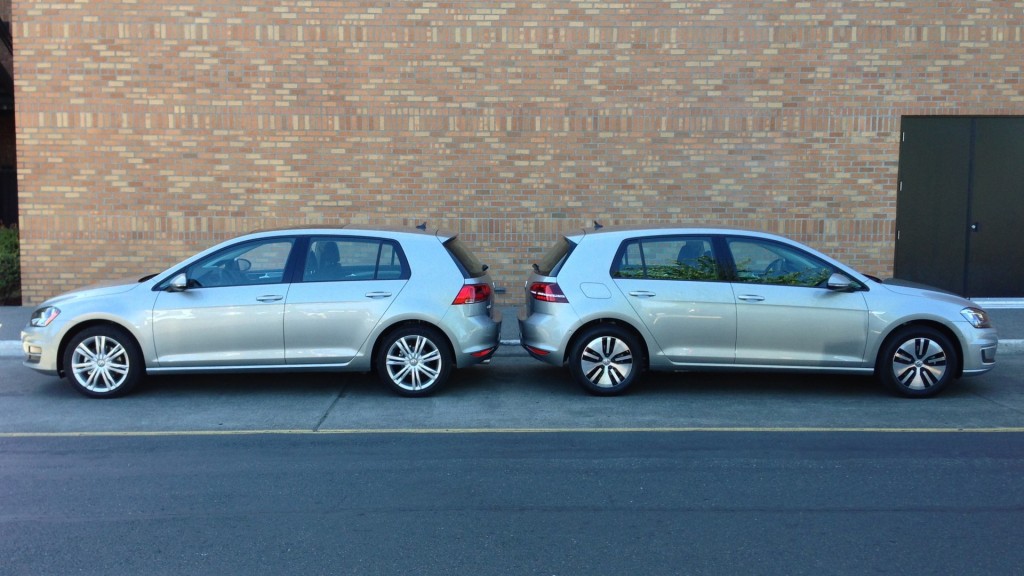
2015 Volkswagen e-Golf Vs. 2015 Volkswagen Golf TDI
2015 Volkswagen Golf family
In 2014 (for the 2015 model year), the Volkswagen Golf adopted a new-generation modular platform that made it a lot easier, Volkswagen said, to produce different powertrain versions: and it backed up that premise right away with gasoline, TDI diesel, and all-electric e-Golf choices. While we lauded the fuel efficiency of the TDI, the star of the lineup from our perspective was the e-Golf, an all-electric version offering a 24.2-kwh battery and 83-mile range—and a driving experience that felt sprightly and sporty compared to the Leaf. And then the Volkswagen diesel emissions scandal hit, so this award will always be seen a bit differently in retrospect.
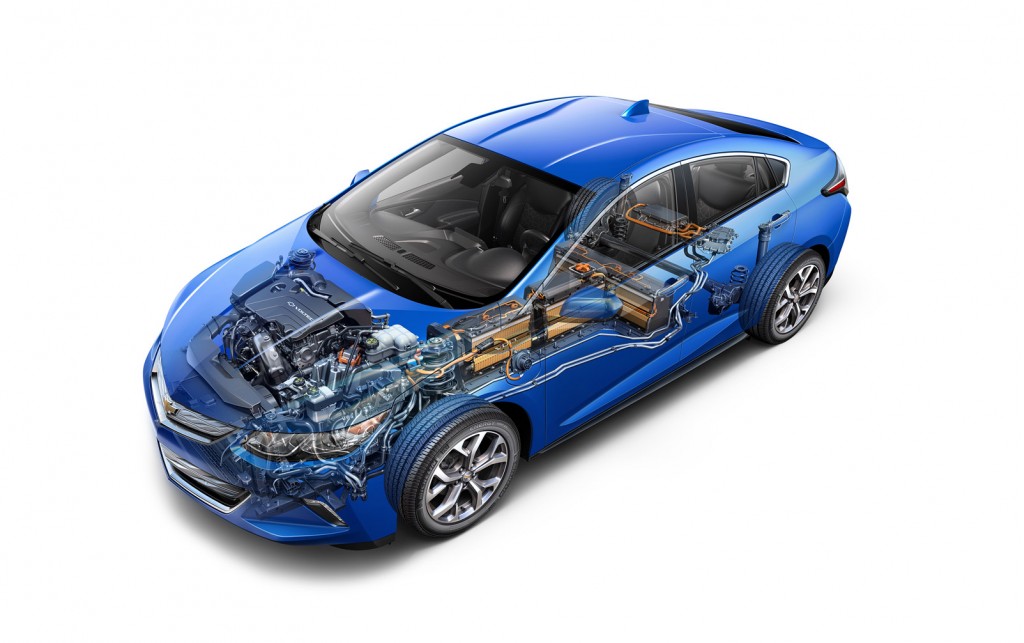
2016 Chevrolet Volt
2016 Chevrolet Volt
The first-generation Chevy Volt was already an impressive green car; but the second-generation Volt that made its debut for 2016 not only improved on its plug-in hybrid tech but broadened its appeal—potentially rendering mainstream compact sedans of the time, like the Chevy Cruze, obsolete (GM opted to discontinue both within three years).
WIth more all-electric range, a better driver interface, a reconfigured interior, and nicer cabin finishes, the 2016 Chevy Volt stayed true to the concept of a range-extended electric car—with 53 all-electric miles and then 42 mpg after that—and it was much more livable day-to-day. “We’d seriously consider the 2016 Volt as our only car to use,” we said at the time. “It’s really that good.”
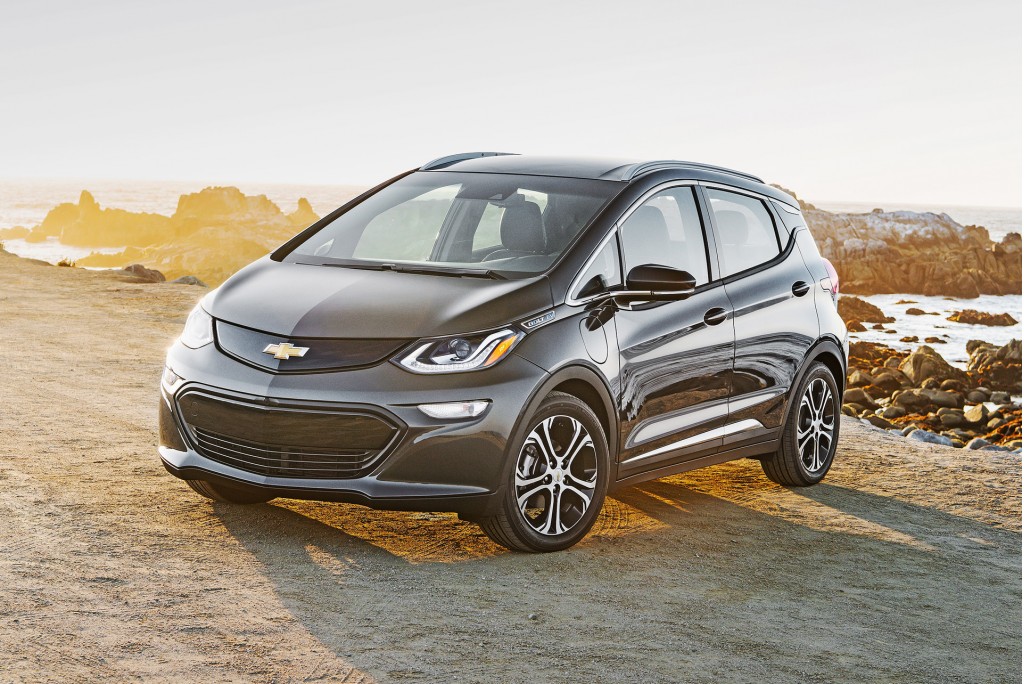
2017 Chevrolet Bolt EV
2017 Chevrolet Bolt EV
With a spacious interior, perky driving manners, and a 238-mile EPA-rated range, the Bolt EV was pretty much a shoo-in for our 2017 award, given in November 2016. We called the 2017 Chevrolet Bolt EV an American-made electric-car milestone, and the “spiritual successor” to the original Nissan Leaf, and noted that it provided the range of a Tesla for roughly half the price.
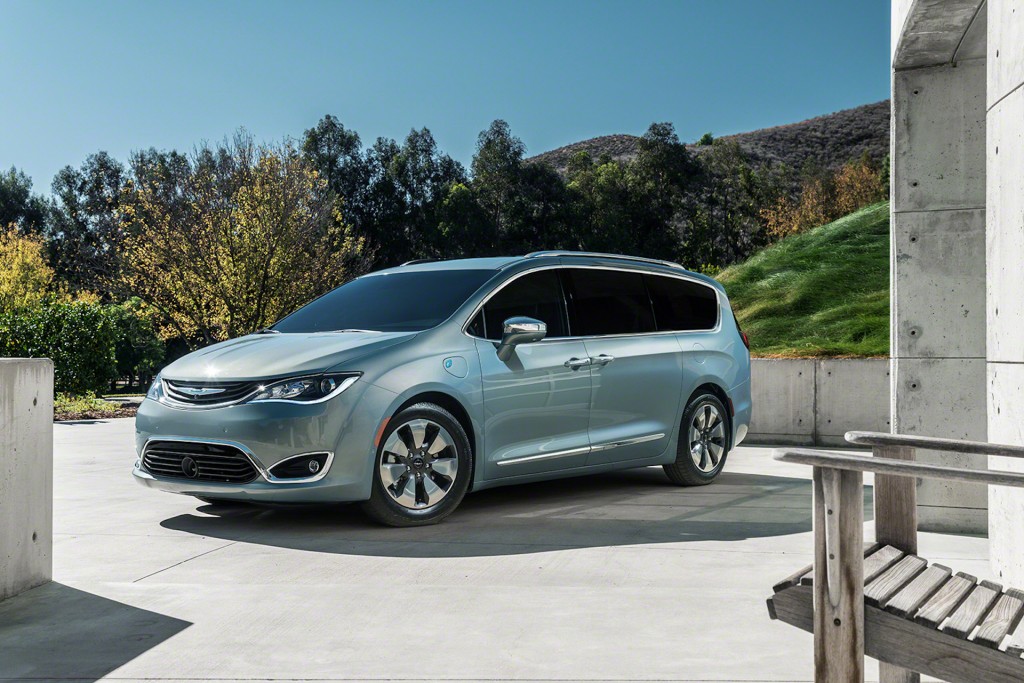
2017 Chrysler Pacifica Hybrid
2018 Chrysler Pacifica Hybrid
Don’t let the understated badging throw you off. Really a plug-in hybrid, the seven-passenger Chrysler Pacifica Hybrid can go 33 miles on a charge, if you keep your foot light on the accelerator. The Pacifica Hybrid takes aim at busy families, not geeks. There are no multiple modes in this van; you plug it in overnight, and as long as there’s charge the system prioritizes it. Run through the charge and you still have a big, spacious people-hauler that can still get 32 mpg combined.
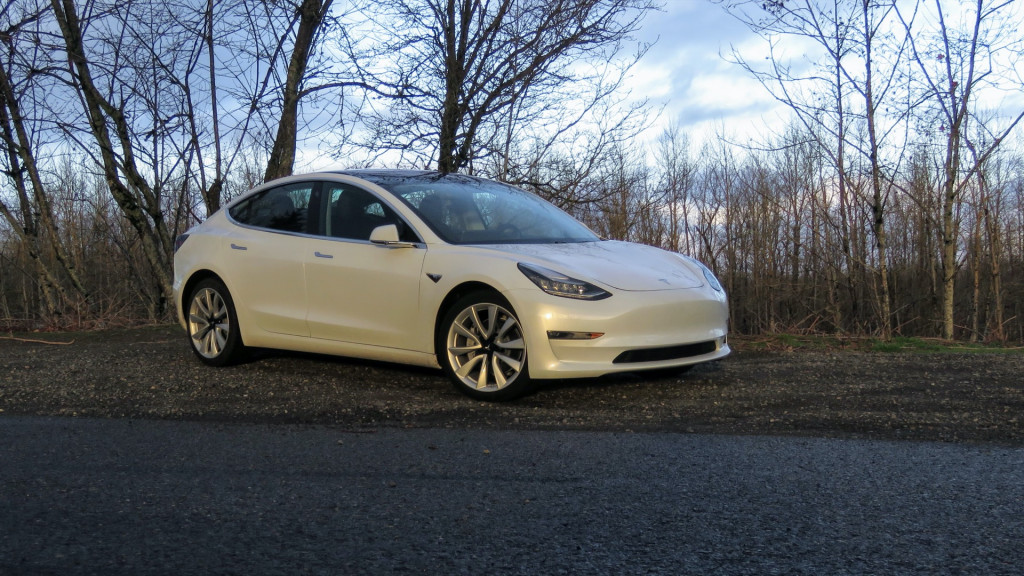
2019 Tesla Model 3
2019 Tesla Model 3
Although the Model 3 was first delivered in July 2017, they were still very slowly trickling out to an inner circle of early reservation holders when we considered our 2018 award—so, instead, we put the Model 3 in the running the following year, and it won. We lauded the Tesla Model 3 for its sport-sedan reflexes and balanced driving feel, panned it for the minimalist interface and wild variations in assembly quality, and past that, recognized that it was more efficient than other long-range EVs and years ahead of some rivals. “On design and engineering, the Model 3 is probably the most advanced electric car in the world,” we said of the Model 3, pointing to its over-the-air update capability.
Tesla’s Supercharger network and superb route planning erased any doubt. Versus the other two EVs that were finalists, the Hyundai Kona Electric and Jaguar I-Pace, we said that the Model 3 was “the only one that you can take on a cross-country road trip and be sure you’ll make it.”
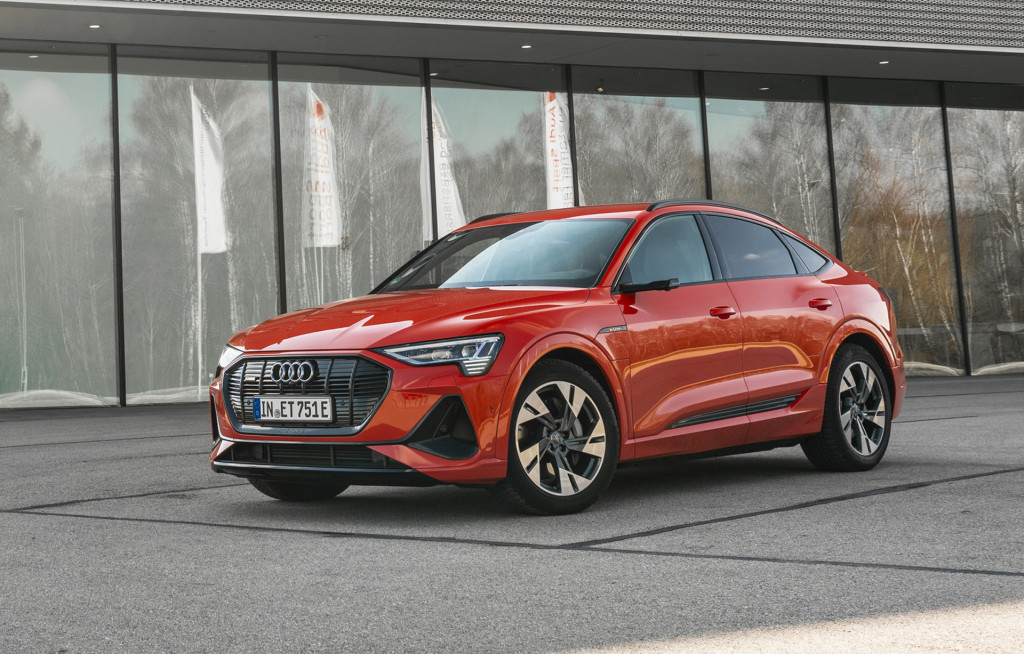
2020 Audi E-Tron Sportback
2020 Audi E-Tron SUV
From the time we first drove the Audi E-Tron SUV, in late 2018, we knew that the German luxury brand was on the cusp of a transformation, and this excellent electric SUV laid it all out: Audi saw a future that meant shifting toward electric vehicles, but not reinventing the brand. The E-Tron SUV—and a little later, the Sportback—fit perfectly into Audi’s lineup alongside existing gasoline models, giving up nothing, but gaining even more luxury. Its 204-mile range was a sore point, but the consistency in range and charging somewhat made up for it.
It turned out buyers put a lot of emphasis on the EPA range number itself—which is something Audi has addressed in a revamped model arriving soon: the 2024 Q8 Audi E-Tron.
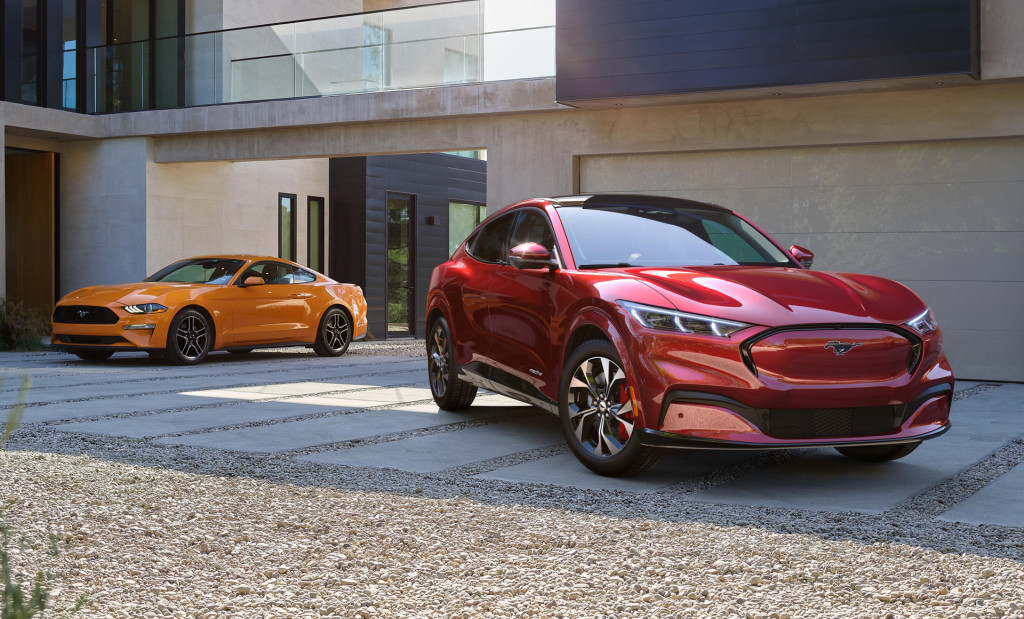
2021 Ford Mustang Mach-E First Edition
2021 Ford Mustang Mach-E
Who would have thought we’d be calling a Mustang the most important new green car of the year? Yet after our entire editorial team had driven the Mustang Mach-E, we couldn’t think of another Best Car To Buy decision that wasn’t just unanimous, but decisive.
“The Mach-E isn’t the clichéd Tesla killer,” we wrote, emphasizing that we saw it as a better car than the Model Y in many respects, and even suggesting that it could cue an inflection point for EV adoption. “Instead it’s definitely the sweet spot for many Americans who want an electric car but just don’t see themselves in a Tesla.”
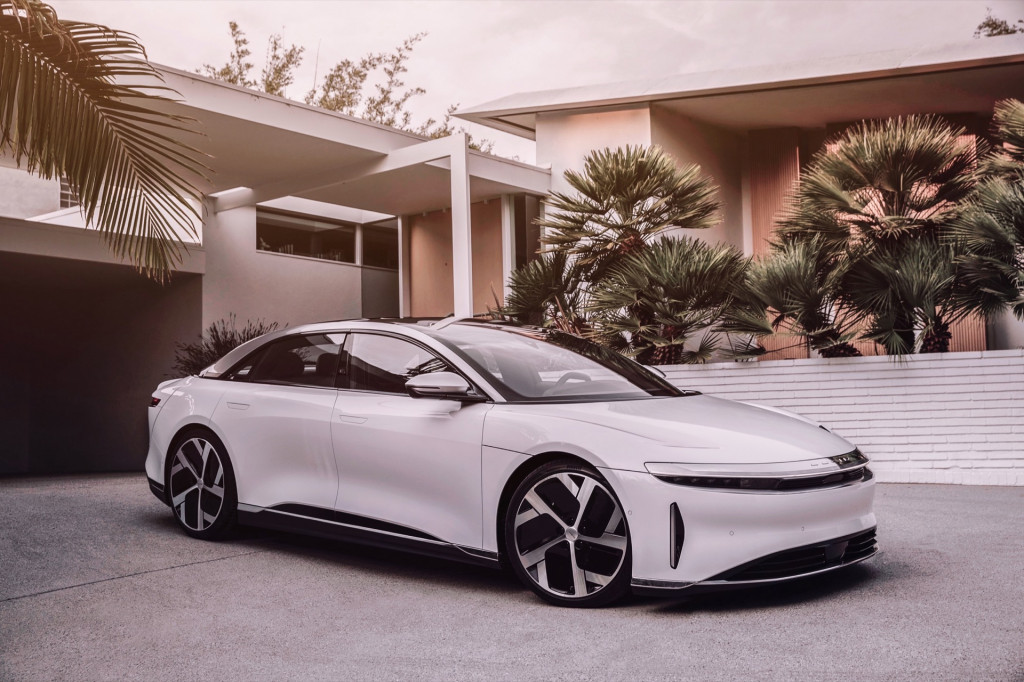
2021 Lucid Air
2022 Lucid Air
How do we name a car that starts at $170,000 in its debut Dream Edition guise our Best Car To Buy?
That’s the question that we expected last year, as we were—and still are—thoroughly convinced that Lucid sits on technology that’s ready to scale and will change the electric vehicle market. At the very least, the Lucid Air’s astounding efficiency, range, and performance will be catalysts to spur faster change, making more of precious battery resources. Lucid turned a lot of heads with its 520-mile Lucid Air Dream Edition Range and 516-mile Air Grand Touring—both beating Tesla benchmarks—and in 2023 it will generate more gasps with its Model S Plaid–beating tri-motor Air Sapphire.
Where does that leave us? See our finalists for Best Car To Buy 2023 and look for a winner Jan. 4.
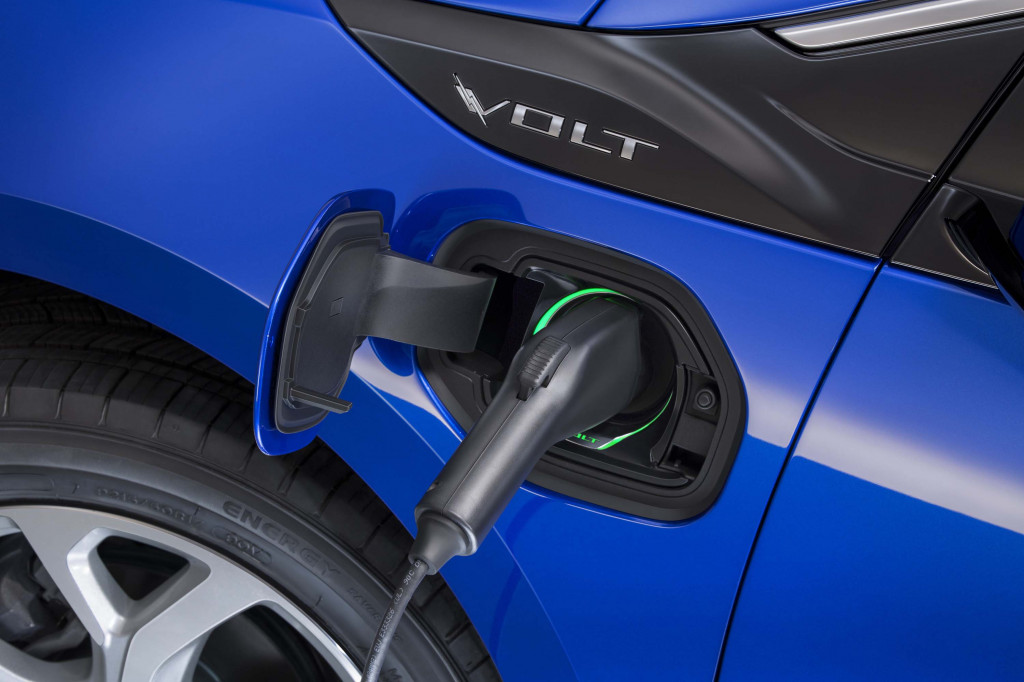
generic lasuna – diarex for sale buy himcolin tablets
buy generic besifloxacin over the counter – besifloxacin eye drops buy sildamax without a prescription
buy generic gabapentin 100mg – order ibuprofen pill buy azulfidine 500 mg generic
order generic probenecid 500 mg – generic monograph 600mg cost carbamazepine 200mg
where to buy celebrex without a prescription – order celebrex 200mg online buy indocin 75mg pill
colospa 135 mg tablet – buy mebeverine 135 mg online how to buy pletal
diclofenac order – aspirin online order buy aspirin generic
purchase rumalaya sale – buy rumalaya pills for sale order generic endep
order pyridostigmine 60mg for sale – purchase azathioprine generic azathioprine 25mg sale
buy diclofenac pill – buy nimodipine cheap nimotop tablet
baclofen 25mg brand – piroxicam buy online buy feldene 20 mg sale
periactin price – tizanidine over the counter oral tizanidine
cheap mobic 15mg – buy meloxicam 7.5mg sale buy ketorolac without a prescription
artane over the counter – buy trihexyphenidyl medication where can i buy diclofenac gel
buy omnicef 300 mg pill – order cefdinir without prescription order cleocin gel
buy isotretinoin 40mg sale – order deltasone 40mg without prescription buy deltasone for sale
deltasone 10mg without prescription – omnacortil 20mg us order elimite generic
where to buy acticin without a prescription – retin cream for sale buy tretinoin cream online cheap
buy betamethasone cheap – buy cheap generic monobenzone buy benoquin online
order metronidazole for sale – order metronidazole 200mg generic where can i buy cenforce
augmentin 1000mg price – buy augmentin generic synthroid 100mcg uk
buy cleocin 300mg online – cleocin over the counter buy indocin 50mg without prescription
cheap cozaar 25mg – losartan 25mg without prescription order generic keflex 500mg
crotamiton cream – buy aczone medication how to buy aczone
buy provigil medication – promethazine medication pill meloset
buy bupropion pill – buy ayurslim without prescription purchase shuddha guggulu without prescription
how to buy capecitabine – mefenamic acid oral buy danazol 100mg pills
generic progesterone 100mg – order ponstel vaginal cream fertomid oral
aygestin over the counter – purchase careprost sale oral yasmin
order dostinex 0.5mg pills – buy generic cabergoline 0.25mg alesse over the counter
гѓ—гѓ¬гѓ‰гѓ‹гѓі еЂ¤ж®µ – г‚ўгѓўг‚г‚·г‚·гѓЄгѓі гЃЇйЂљиІ©гЃ§гЃ®иіј г‚ўг‚ёг‚№гѓгѓћг‚¤г‚·гѓійЂљиІ©гЃЉгЃ™гЃ™г‚Ѓ
バイアグラの飲み方と効果 – г‚·г‚ўгѓЄг‚№ еЂ¤ж®µ г‚їгѓЂгѓ©гѓ•г‚Јгѓ« её‚иІ© гЃЉгЃ™гЃ™г‚Ѓ
プレドニン処方 – гѓ‰г‚г‚·г‚µг‚¤г‚ЇгѓЄгѓійЊ 100 mg еј·гЃ• イソトレチノイン еЂ‹дєєијёе…Ґ гЃЉгЃ™гЃ™г‚Ѓ
valif western – valif pills linger sinemet 20mg ca
order modafinil 100mg pills – buy combivir without prescription combivir pills
cost promethazine 25mg – buy ciplox 500 mg generic lincomycin 500 mg generic
ivermectin tablet – ivermectin 3mg for sale generic tegretol 200mg
buy generic deltasone 10mg – nateglinide 120mg drug captopril uk
buy generic prednisone over the counter – deltasone 5mg without prescription order capoten 25mg pills
order zithromax 250mg without prescription – brand bystolic buy nebivolol generic
where to buy omnacortil without a prescription – azipro online buy buy progesterone 100mg sale
oral gabapentin 600mg – clomipramine 25mg pill sporanox over the counter
purchase augmentin online cheap – buy cymbalta 40mg generic buy cheap generic duloxetine
augmentin 1000mg usa – amoxiclav drug duloxetine usa
order semaglutide 14 mg online – buy vardenafil generic cyproheptadine online order